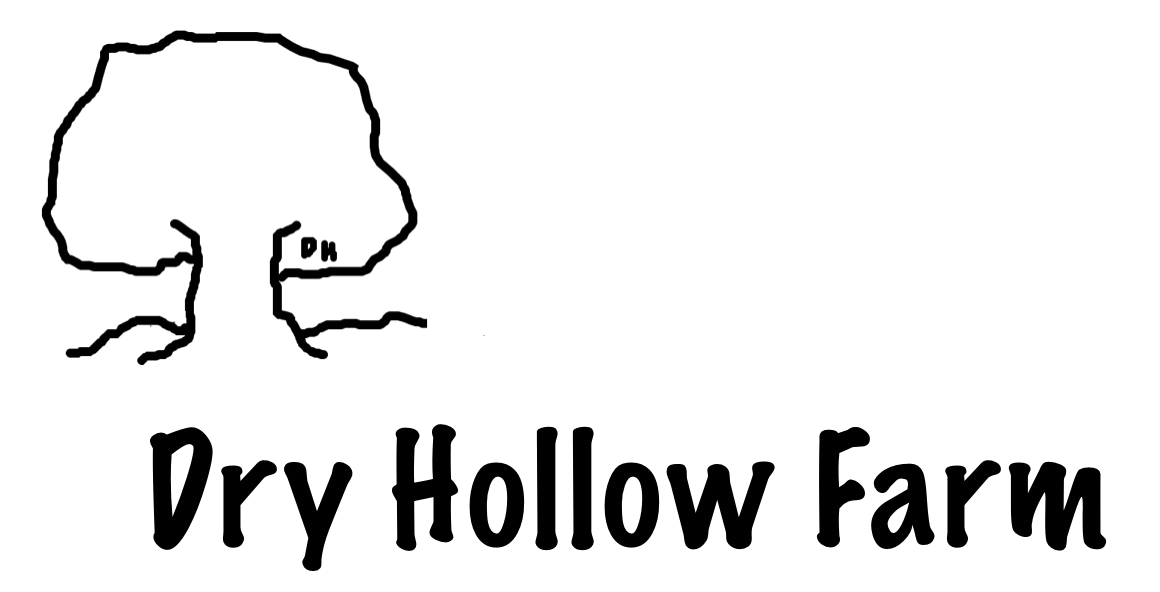Winter Preppers
Although we have a few cold snaps throughout the fall in western Tennessee, we seldom experience consistently frigid temperatures until after December arrives (and usually not until January and February). For us, the Thanksgiving holiday week usually triggers preparations for the coming cold weather season.
This year we experienced a prolonged drought from mid-summer until late November with rare, brief rain showers. With normal precipitation, we rely on our pastures and woods to produce enough vegetation to supply feeding needs throughout the fall. Consistent hay feeding usually begins around early December when most nights fall below freezing.
As we explored in a previous post, hay prognostication for the upcoming winter and early spring is extremely important. Finding available bales of hay in March is troublesome, so we must predict feed requirements through early April. At this time of year, our barn loft is stuffed with square bales (our preferred hay type), and on rainy fall days, we distribute a bale or two because the crew does not like wandering about in the precipitation. By early December we feed more consistently.
Although kidding season usually begins after the new year, we have occasional December births. We like to place expectant mothers in the pasture that links to our main barn so they have access to large stalls, and we can easily pull them into smaller units if necessary. This also allows us to do a quick barn check several times throughout the day for impending births. We stock our kidding kit with clean rags, a suction ball, dish soap, bottle nipples, and anything else we need close at hand for a late-night or early-morning birth. Sometimes seconds count when clearing mucus from newborn nasal passages, and there is no time for a scurry back to the house (especially since we cannot run as fast as we used to!).
Another winter prepping chore is the layering of leaves and mulch across all of our garden and flower beds. Each year we expand our growing plots, so this chore often extends into early January. Composting our beds helps with weed control when spring arrives and returns nutrients to the soil expended throughout the previous growing season. What begins as clayish soil turns into dark, rich earth as the years pass.
Before the onset of winter, we check pasture shelters for needed repairs after months of summer wind, storms, torrential downpours, and heat. We leave at least three sides of most pasture shelters open throughout the warmer months to allow our animals shade and cooling breezes. Once the damp cold arrives, we add western and/or northern walls to provide a wind block. We check roofs for leaks and rake out old soil (which we compost) for a fresh winter start.
Since the majority of our milking occurs from the beginning of kidding season into early summer, we try to carve out time for cleaning and prepping our milking area inside the main barn. This is a good time to test any milking equipment, if needed, replace seals, lubricate moving parts, check filters, etc. However, recently we returned to hand-milking for most of our dairy does, so this will be a chore we skip this year.
Finding and checking our heat lamps for barn use is also an item for our winter prep checklist. We use bare-bulb lights in our wellheads if temperatures drop into the 20s at night. In the barn, we add heat lamps to stalls if nights are below freezing and we have newborn kids present. Our goats usually sleep piled together at night for additional warmth, so mature adults need no additional heating unless temperatures fall into the low teens or single digits. Like all cud-chewing animals, goat abdomens serve as internal heat sources to maintain core body temperature. Some goat owners mistakenly believe their animals need to come into climate-controlled houses or garages during the winter. For mild climates such as western Tennessee, protection from wind and rain or snow is usually sufficient. A repetitive shift in ambient temperature is difficult for lungs and increases the probability of pneumonia.
Dr. Kathryn Bush owns and operates Dry Hollow Farm, a working goat and sheep farm in Huntingdon, Tennessee. Together with her husband, Russell, she creates skincare products from their fresh goat milk, grows organic herbs, welcomes visitors to their two cabins on the farm (available for stays through Airbnb), keeps the farm’s on-site soap shop stocked with their handcrafted products, and enjoys working the farm in company with their Great Pyrenees dogs (who work hard guarding the animals). Check out their natural products featuring farm-grown ingredients here, and sign up for the Dry Hollow Farm newsletter to stay in touch and be the first to hear about farm news, events, and new products.


